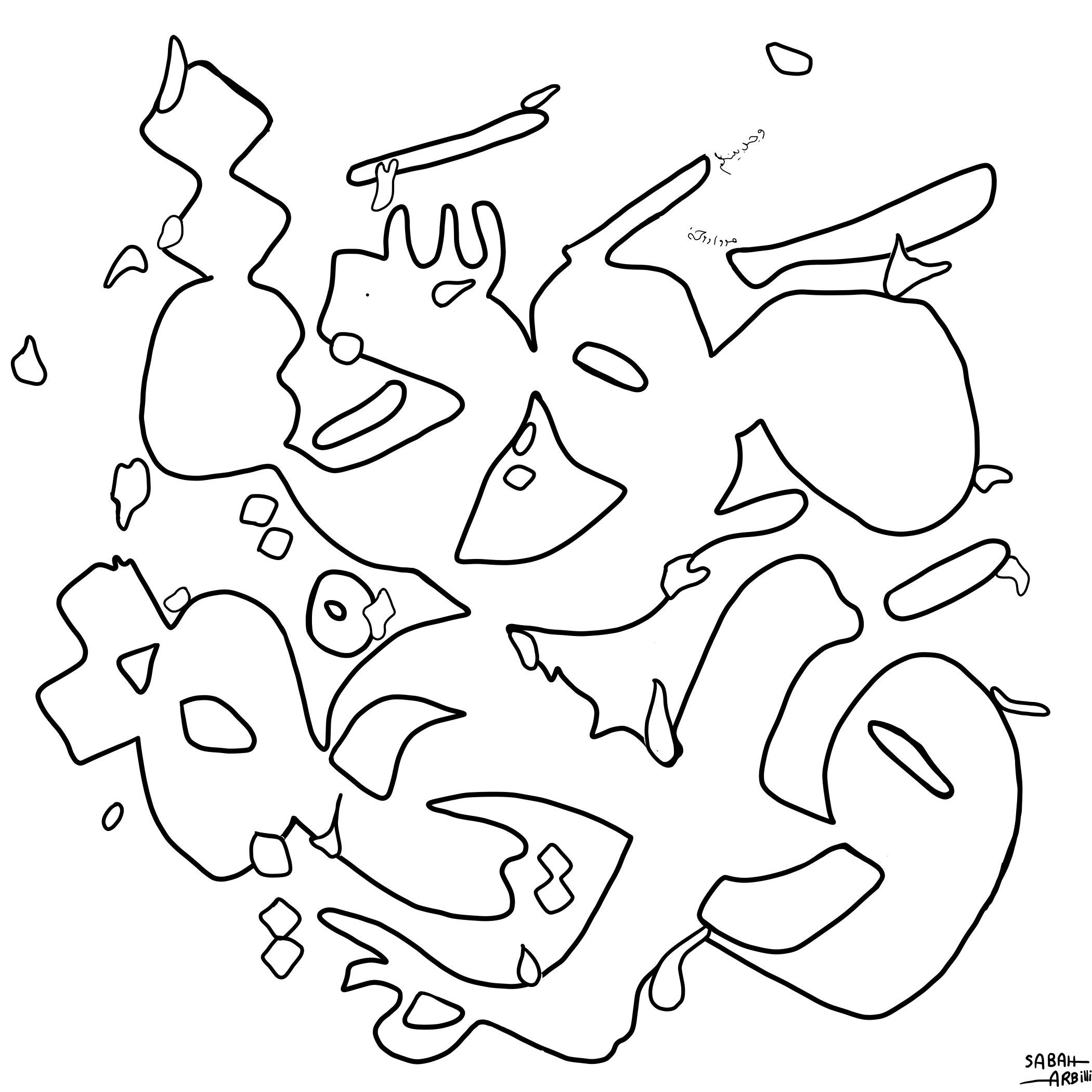Transitions in the Urban Built Environment of Qatar’s Capital City by Dr. Mohanalakshmi Rajakumar Introduction Driving through West Bay, as Qatar’s business district is known, is to travel through roads lined by high-rise buildings with glittering glass façades. These testaments to modernity tower over dust-swept streets, the twists of steel and glass belying the desert heritage of this emirate. How and why did Western architecture come to dominate this desert landscape? In what ways does the state’s fashioning of a modern identity challenge the environmental constraints of the desert climate? The West Bay district in Qatar’s capital city of Doha is a clear example of how the globalization of urban design produces an “international malaise” of using the same building materials, methods, and styles regardless of the specificities of the particular country, city, or residents.i Skyscrapers, as political geographer Donald McNeill explains, have been exported by Western design firms as a symbol of modernity and progress in contemporary urban landscapes. These are more than tall buildings — they are synonymous with industry and growth, conveying both financial and political significance (41).ii As skyscrapers have become well-established in the urban centers of North America, we now see these and other superstructures flourishing across the capital cities of the wealthiest nations in the Middle East. Statement buildings have become the means to showcase "a massive import of architectural language, a stereotype vocabulary
of built form that is essentially Western in character. Yet it is being associated worldwide with images of progress, prestige, and future orientation" (345).iii The irony of transplanting skyscraper designs to climates for which they are not suited is that the glass tower then becomes an example of form without appropriate function, and a major reversal of the basic design principle advocated by American architect Louis Sullivan (1896).iv Sullivan and his contemporaries struggled with the notions of modernism and design during the late nineteenth-century urban expansion in America. Specifically, they contemplated the ways in which a building's form could further enhance the purpose or the goals of the occupants. Similar dilemmas face the development of the Gulf Cooperation Countries (GCC) of Kuwait, Qatar, Oman, Bahrain, Saudi Arabia, and the United Arab Emirates. This article discusses the ways in which the discourse and material facts of modernization in Qatar are seen in the design aesthetic of the built environment. We will compare the traditional ways in which the residents of Qatar cooled themselves in the years before the advent of air conditioning and multistory structures. The rapid rise toward modernization, fueled by oil wealth across the GCC, coincided with an effort to promote a more international aesthetic that traded traditional Islamic architectural elements in favor of more a modern, Western aesthetic.
26 A2Q

















